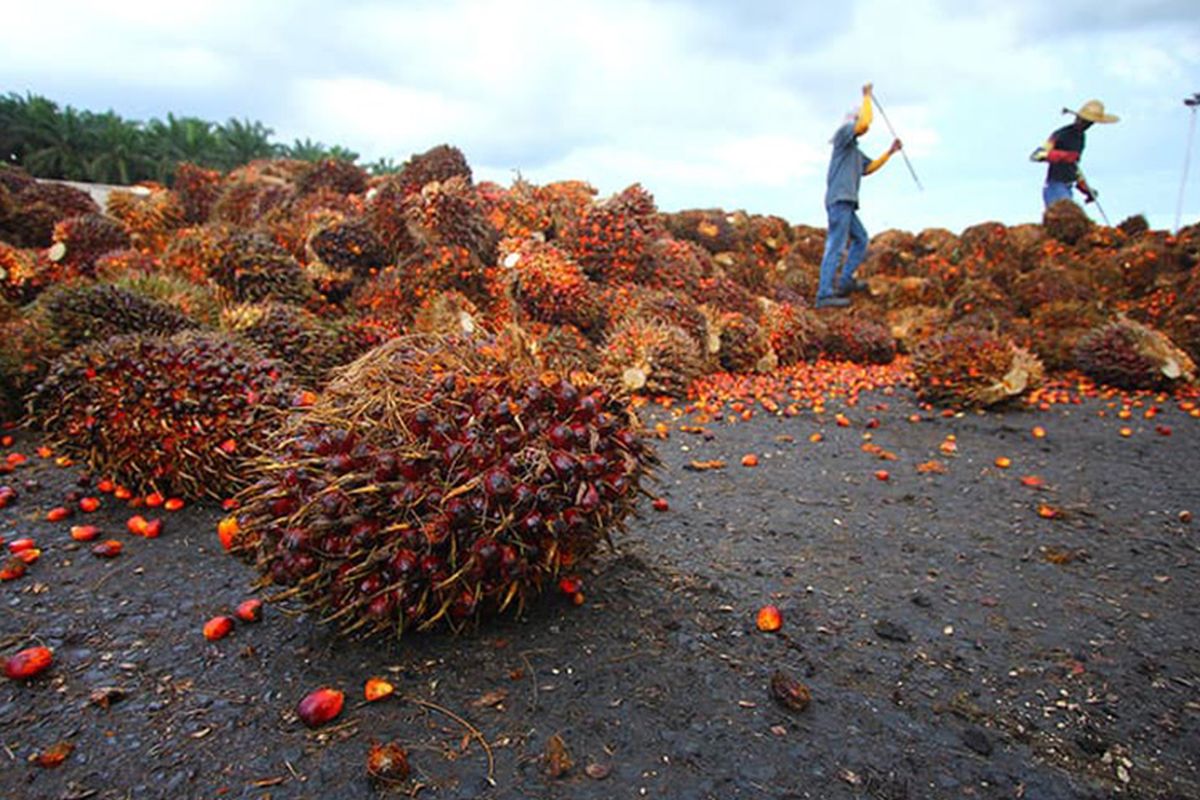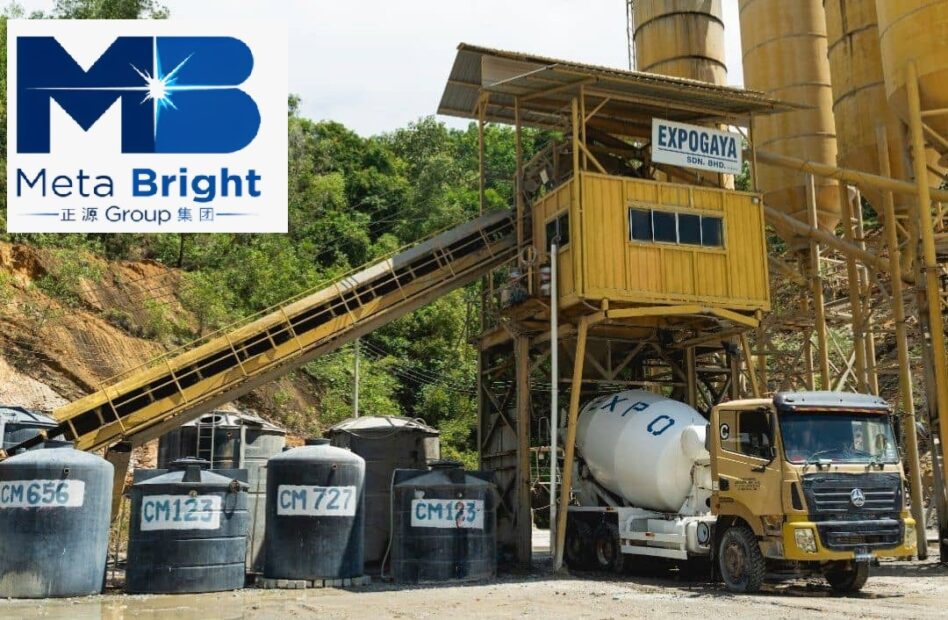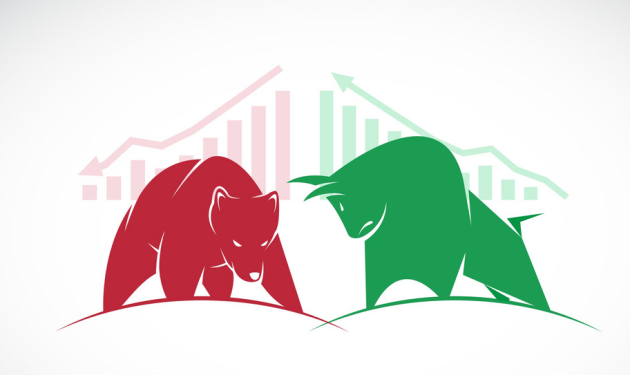BOTH upstream oil palm growers and downstream oil producers in Malaysia must join hands to reap the benefit of the void following Indonesia’s decision to halt its palm oil exports, said Plantation Industries and Commodities Minister Datuk Zuraida Kamaruddin.
She said that while Malaysia sympathised with Indonesian palm oil players who would be affected by the significant shift in the demand-supply mechanics of the country this is nonetheless the best time for Malaysian palm oil players to enhance their innovation capability while exploring the best possible strategies to meet a spike in demand by palm oil importing countries.
As the world’s largest producer of palm oil, Indonesia had imposed this ban to lower commodity prices and further address its domestic supply shortages.
India is currently the biggest consumer of Indonesian palm oil – importing around 13.0 million to 13.5 million metric tonnes of edible oils – of which palm oil makes up around 8.0 million to 8.5 million metric tonnes (63%).
Almost 45% of the quantity is expected to come from Indonesia while the remainder is sourced from Malaysia which is currently the world’s second biggest palm oil producer.
This has led to further tightening a market already on the edge due to Russia’s invasion of Ukraine and global warming.
The prices of palm, soybean, European rapeseed and even its Canadian GMO counterpart, canola oil, have since reached historic highs following Indonesia’s action.
Even as common sense would dictate that Malaysia will be an instant beneficiary by virtue of being the second-largest exporter of palm oil after Indonesia, scepticism persists on whether Malaysia is able to cope with various production challenges and constraints.
“Daunting as it is to meet rising global demand amid labour shortage, the Plantation Industries and Commodities Ministry (MPIC) remains optimistic that Malaysia has what it takes to fill the gap in global palm oil supply based on its market trend analytics and projection,” Zuraida commented.
“As palm oil prices will stay elevated supported by low inventory levels at both origins and destinations amid heightened price volatility, it is our hope that both the Malaysian upstream and downstream players seize the opportunity from Indonesia’s absence to maximise their revenue stream, hence earnings.”
Zuraida further noted that such an opportunity only presents itself for a short term given the fact that Indonesia will certainly take another look at its ban policy once both its domestic supply and pricing structure have stabilised.
“It goes without saying that Indonesia relies on export taxes to fund its biodiesel programme. As market analysts expect the export ban to be lifted by the end of 2Q2022 (around July), there is likelihood that Indonesia will flood the global market with its inventory accumulated during the ban,” she pointed out.
“Given that the industry enters into its seasonal peak output period during this time of the year – coupled with the prospect of South Korea which is one of the fastest growing palm oil markets releasing its stockpile – this could trigger a sharp price correction.”
She also noted that the prospect of both Russia and Ukraine releasing their rapeseed/sunflower oil stockpiles – if any – once their conflict has subsided or settled must also be looked into.
“Based on these possible risks, it is only logical that both Malaysian palm oil planters and downstream industry players go all out to take advantage of the current situation rather than to let such an opportunity slip away,” she justified. — May 10, 2022










